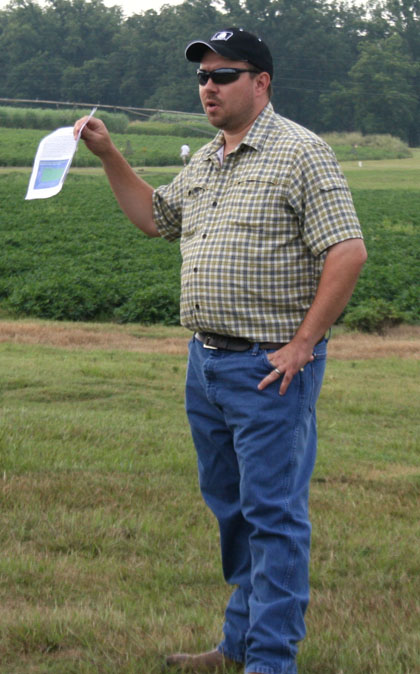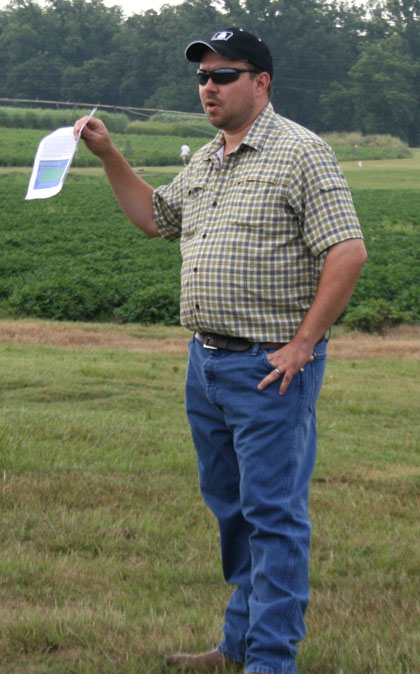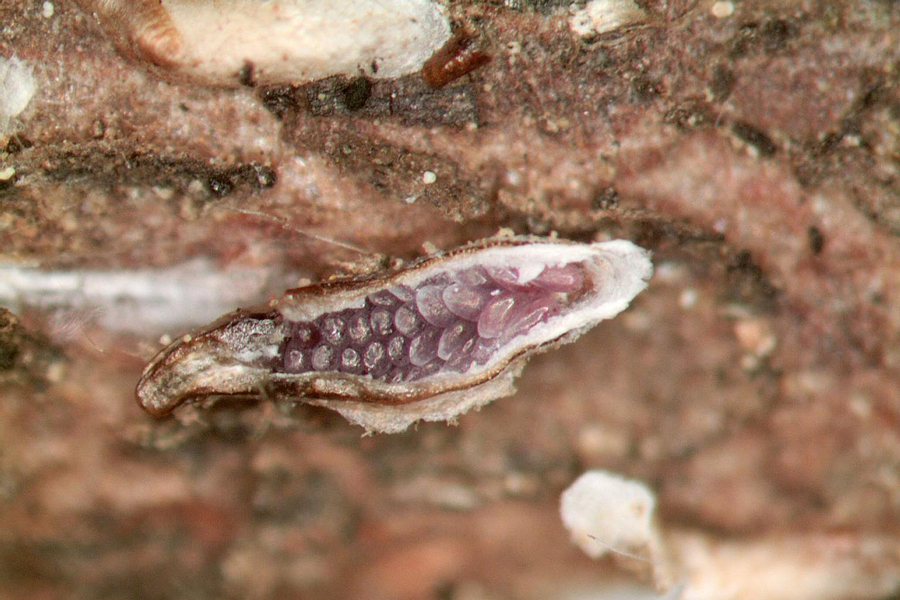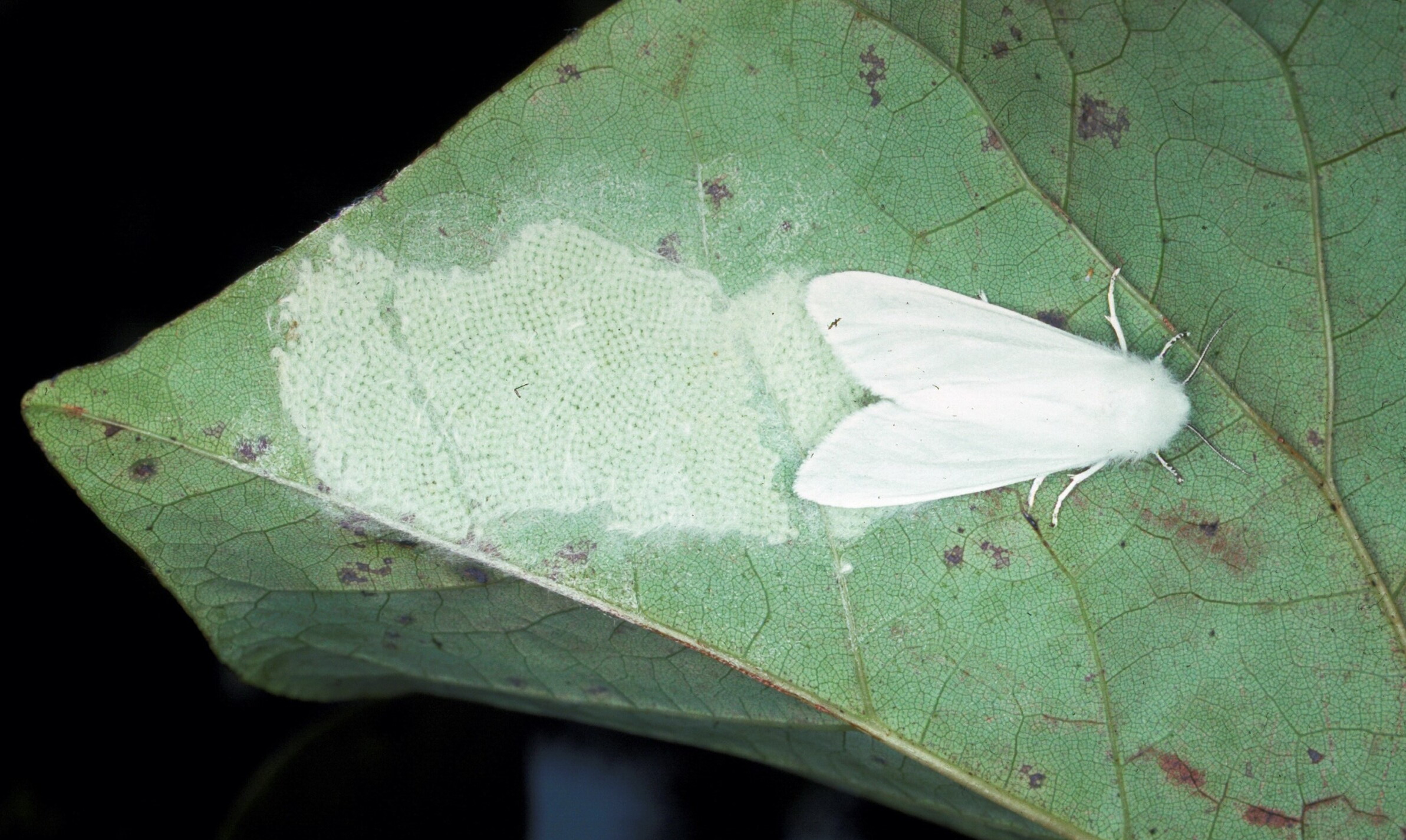University of Georgia revealed its latest research on cotton, soybeans, corn and other southeast Georgia crops at the annual Southeast Georgia Research and Education Center Field Day held in Midville Aug. 14.
“Our main objective is to serve the east Georgia need. Conditions are different here. Our soil series is very comparable to Tifton but there are different environmental factors: climate, location, those kinds of thing,” said the Midville center’s superintendent, Anthony Black. “We’ve got a lot of agriculture over here. We have that local area need to show growers what we’re doing on this side of the state.”
The 700-acre UGA research center located in Burke County allows scientists from UGA’s College of Agricultural and Environmental Sciences to conduct various research projects on many commodities, including wheat and small grains.
This year’s field day consisted of talks from several UGA-Tifton faculty members, including Extension cotton agronomist Guy Collins, entomologist Phillip Roberts and peanut agronomist Scott Tubbs. An estimated 150 farmers and agricultural consultants attended the morning session.
“I want folks who come here to take away knowledge of what we do here,” Black said. “Our biggest advertisement is how we serve the local farmer as well as the state and the nation. A lot of our research is funded through grower checkoffs. I want to make everybody understand that they’re getting their money’s worth, so to speak.”
UGA Extension peanut agronomist John Beasley noted that the southeast center is a vital part of the research process, especially when comparing different environments and soils crops are grown in.
For example, Beasley remembers that back in the 90s, one peanut cultivar developed by Bill Branch never performed well at the Southeast Georgia Research and Education Center.
“We couldn’t explain why, it just never was near the top,” Beasley said. “That same cultivar in Plains and Tifton did very well. It does show you that there are some genotypes or cultivars that may not perform as well in other environments.”
Joe West, assistant dean on the UGA-Tifton campus, oversees the Southeast Georgia Research and Education Center. He credits Black and his staff for revitalizing a facility that “was essentially mothballed for several years.”
“I have to give a lot of credit to Anthony Black and his staff. The farm is well maintained and the crops always look excellent,” West said. “The research that they support is the same way; high quality with good results.”
Black started in Midville in January, 2008, the year the facility re-opened its doors to UGA research.
“All of our research and education centers are strategically located around the state to address agricultural issues in the conditions and environment of that region,” West said. “The Southeast Research and Education Center at Midville is very important to the region, and is located so that it is accessible to the growers and county agents in the area. It is very important to the UGA College of Agricultural and Environmental Sciences and is a key component of our major missions, which are research, extension and education.”
West also credits UGA Cooperative Extension county agents with the farm’s resurgence.
“The agents showed a lot of leadership by conducting demonstration research for their farmers in the absence of the research scientists. Since reopening, the agents have stayed involved with activities at the farm and they are a great asset to the farm and another reason for its success,” West said.





